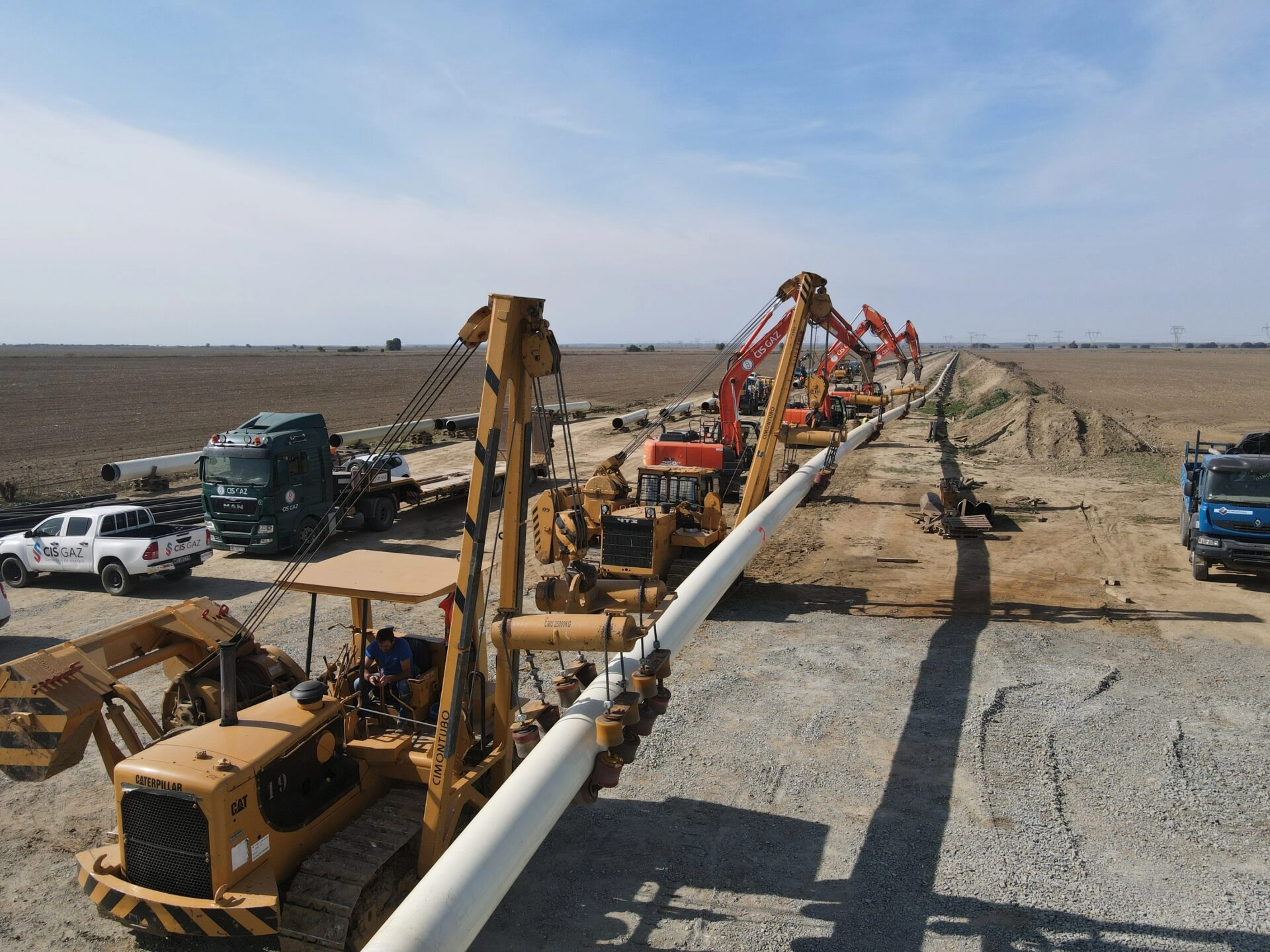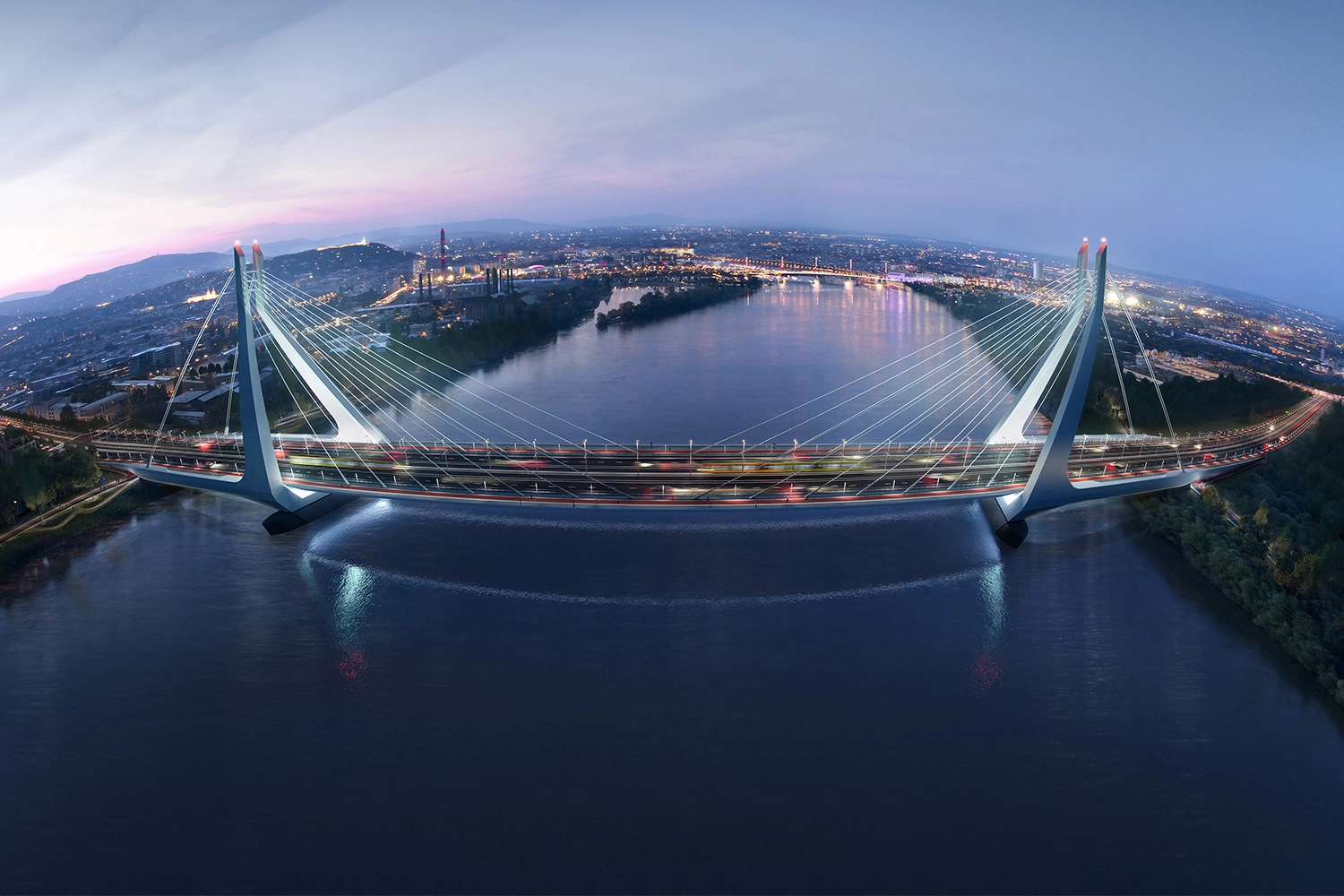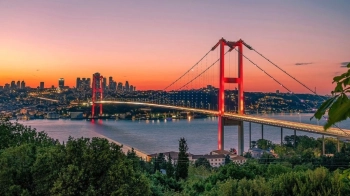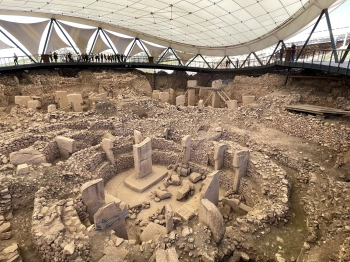What does it take to build a bridge that connects not just land, but also economies and cultures? How does a construction company push the boundaries of engineering to cross one of Europe's most iconic rivers? These are the questions that come to mind when examining Kalyon Insaat's latest achievement—the Danube River Bridge. This article explores the project's significance, challenges, and impact on regional infrastructure.
The Vision Behind the Danube River Bridge
Kalyon Insaat, a leading Turkish construction company, undertook this ambitious project to enhance connectivity between Serbia and Romania. The bridge spans the Danube River, a critical waterway for trade and transportation in Central and Eastern Europe. By linking the two countries, the project aims to reduce travel time, boost trade, and strengthen regional cooperation.
Real-world applications of such infrastructure are evident in similar projects, such as the Øresund Bridge between Denmark and Sweden, which revolutionised cross-border commerce. The Danube River Bridge is expected to have a comparable impact, facilitating smoother logistics and fostering economic growth.
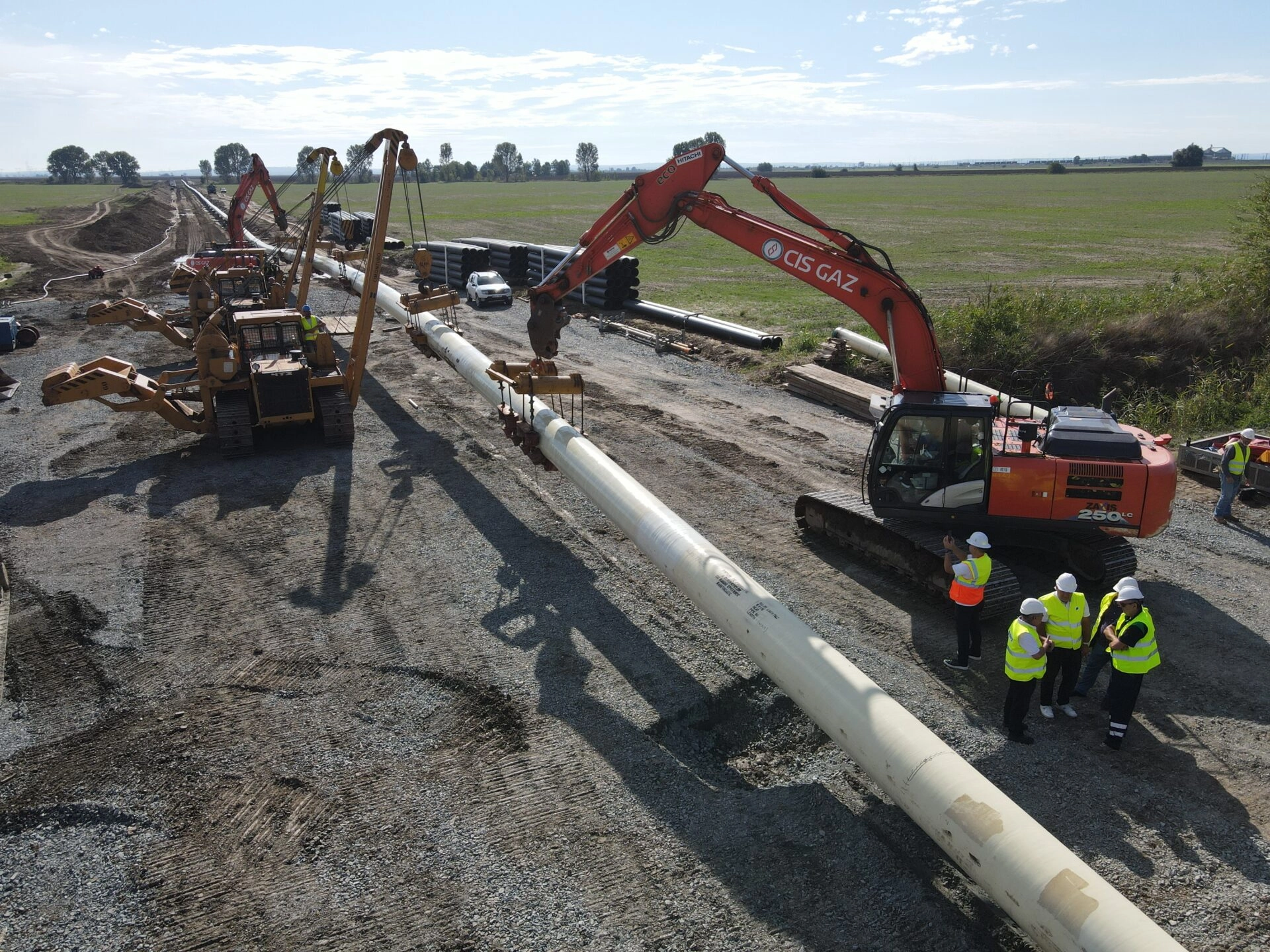
Engineering Challenges and Innovations
Constructing a bridge over the Danube is no small feat. The river's strong currents, varying water levels, and environmental sensitivities posed significant challenges. Kalyon Insaat employed cutting-edge engineering techniques, including:
- Advanced hydrological studies to predict water flow patterns
- Use of high-strength, corrosion-resistant materials
- Precision-driven construction methods to minimise environmental disruption
One notable innovation was the use of modular construction, where sections of the bridge were pre-assembled on land and then transported to the site. This approach not only sped up the process but also reduced risks associated with working directly over the river.
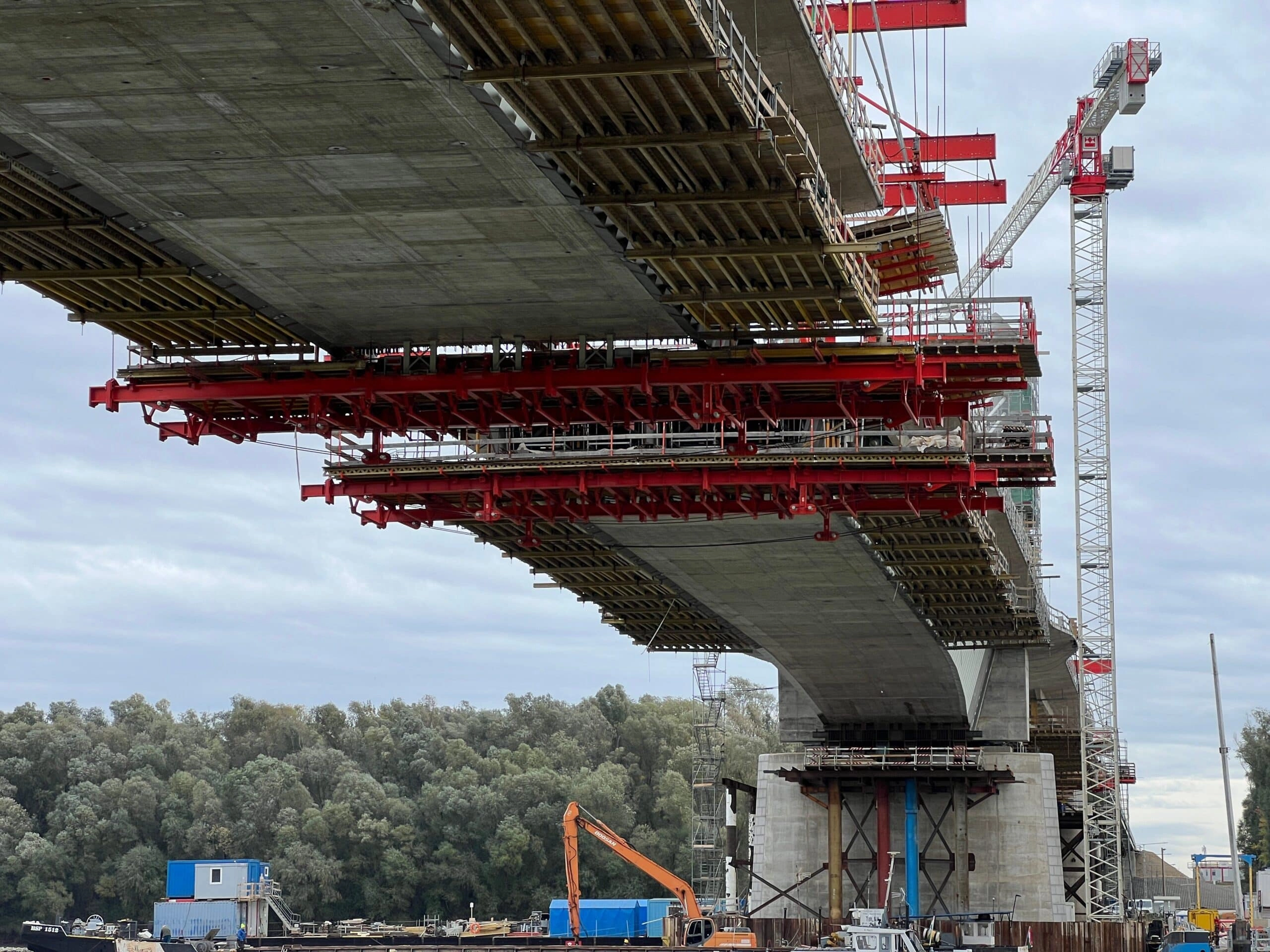
Economic and Social Impact
The Danube River Bridge is more than just a physical structure; it's a catalyst for economic and social transformation. By improving connectivity, the bridge is expected to:
- Boost trade between Serbia and Romania by an estimated 15-20%
- Create thousands of jobs during and after construction
- Enhance tourism by making cross-border travel more accessible
A practical example of this impact can be seen in the increased interest from logistics companies looking to establish hubs near the bridge. This development is likely to spur further investments in the region.
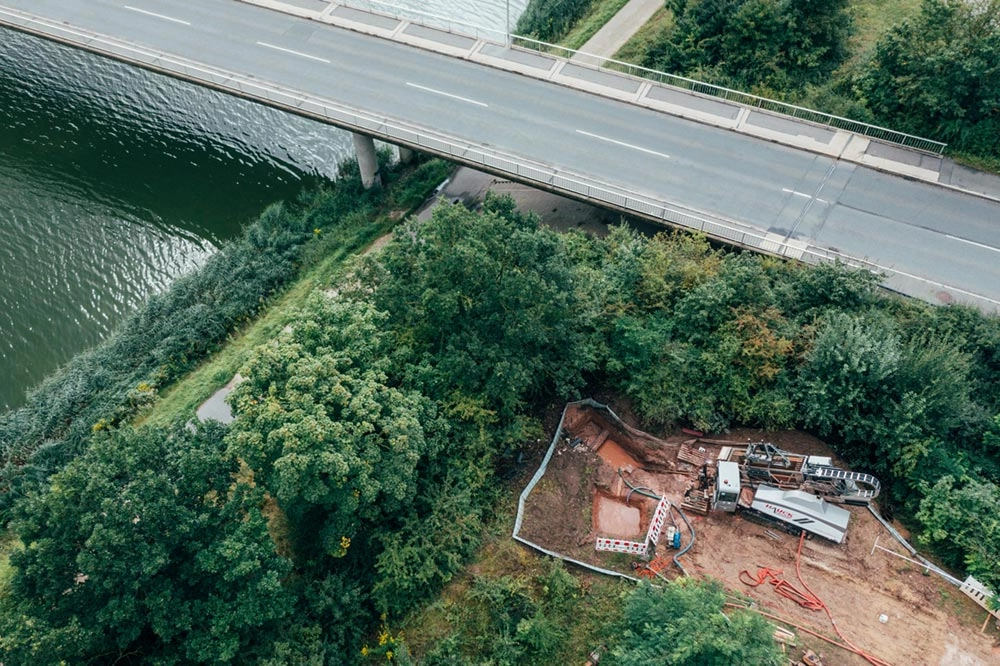
Environmental Considerations
Building a bridge over a major river like the Danube requires careful attention to environmental preservation. Kalyon Insaat implemented several measures to mitigate ecological damage, such as:
- Conducting thorough environmental impact assessments before construction began
- Using noise and pollution-reducing technologies
- Creating fish passages to maintain aquatic ecosystems
These efforts align with global trends in sustainable infrastructure, as seen in projects like the Millau Viaduct in France, which prioritised minimal environmental disruption.
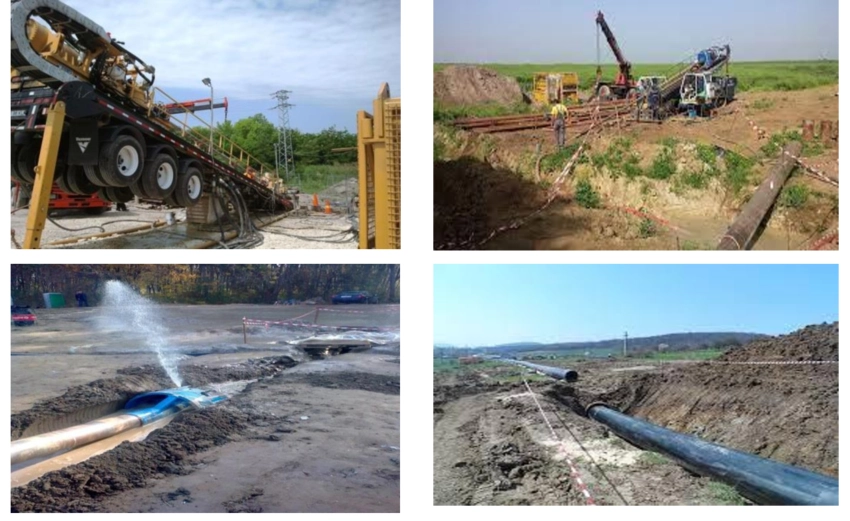
Future Prospects and Regional Development
The completion of the Danube River Bridge opens up new possibilities for regional development. Experts predict that it will serve as a model for future infrastructure projects in the Balkans and beyond. Potential future developments include:
- Expansion of rail networks to complement the bridge
- Development of smart cities along the route
- Increased foreign direct investment in the region
This project underscores Turkey's growing role as a leader in global infrastructure development, setting a benchmark for innovation and efficiency.
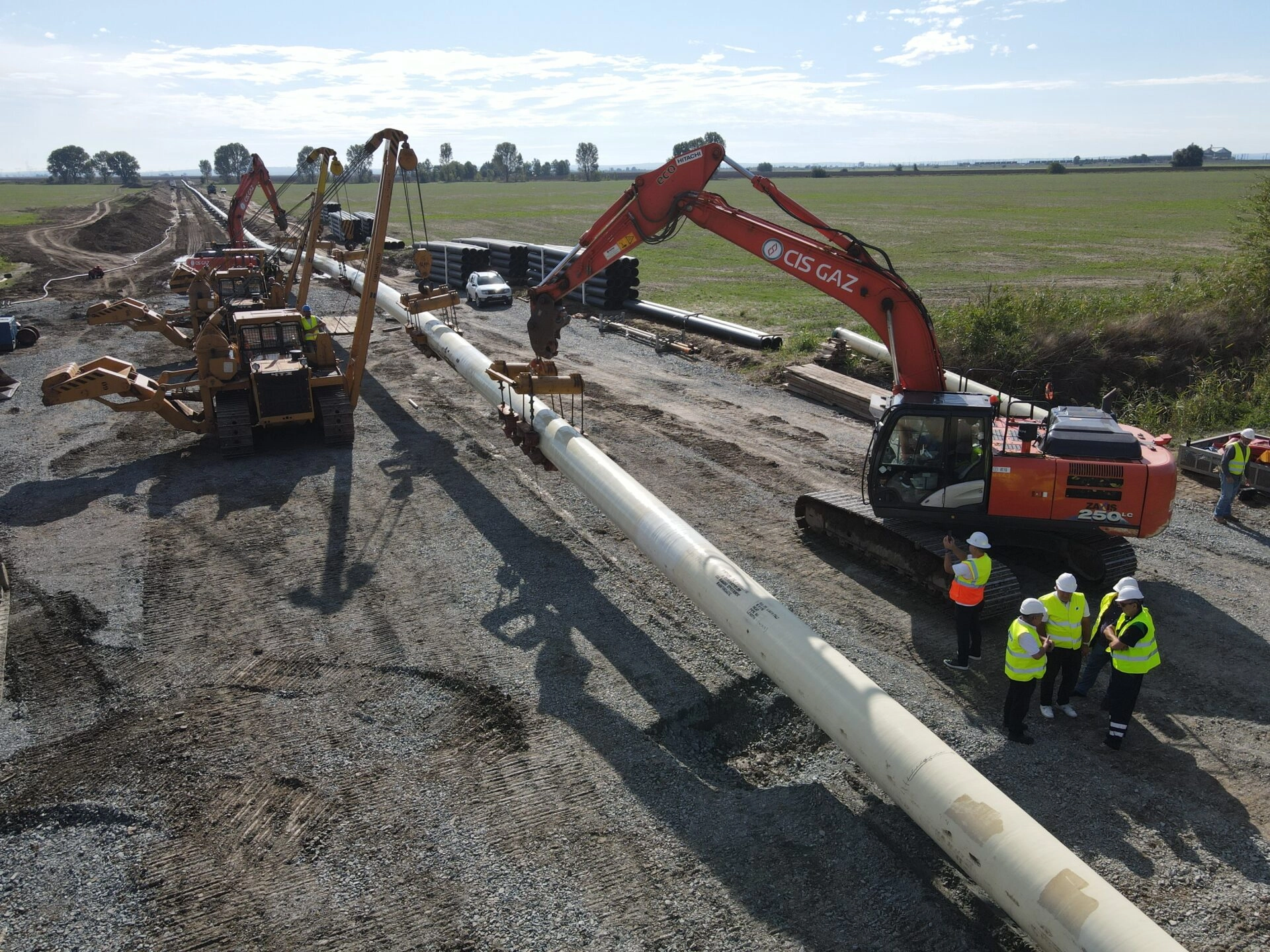
Conclusion: A Bridge to the Future
Kalyon Insaat's Danube River Bridge is a testament to what visionary engineering and strategic planning can achieve. By overcoming technical, environmental, and logistical challenges, the project stands as a symbol of progress and connectivity. As the bridge begins operations, its ripple effects will be felt across economies, communities, and ecosystems, proving that great infrastructure is about more than just concrete and steel—it's about building the future.
